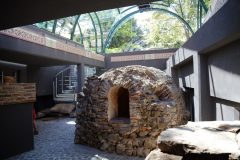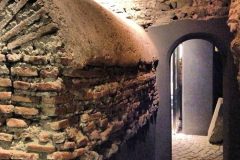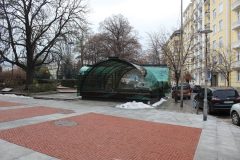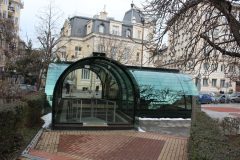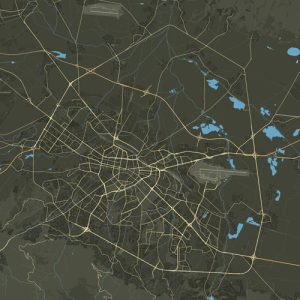The present-day Basilica of St. Sofia is situated in the heart of the primary necropolis of the ancient city of Serdika. This area is rich in burial structures dating from the 2nd century BC to the 4th century AD, with over 50 tombs discovered to date on the basilica’s premises. Among the notable finds are three rings from the Second Bulgarian Kingdom, a reliquary containing the remains of a Christian martyr, and the so-called “lacrimal.” The necropolis museum showcases these artifacts, along with exquisite mosaics adorned with geometric figures, plant motifs, peacocks, and crosses, demonstrating the craftsmanship of the local artisans.
Archaeological excavations beneath the Basilica of St. Sofia began in the early 20th century, initiated by the Czech archaeologist Vaclav Dobruski. In 1911, Professor Bogdan Filov, an archaeologist, confirmed that the site had been a significant center of historical events since the Roman Empire era. The remains of three earlier churches, the earliest dating back to the early 14th century, can be observed beneath the current Christian temple. This timeframe aligns with the period shortly after Christianity was declared the official religion of the Roman Empire.
Prices:
Persons with reduced working capacity: Free
Pensioners: Free
Students: BGN 2.00
Adults: BGN 6.00
Work time:
May 1 – October 31:
Monday – Sunday:
10:00 a.m. – 5:30 p.m.
November 1 – April 30:
Tuesday – Sunday:
10:00 a.m. – 5:30 p.m.


